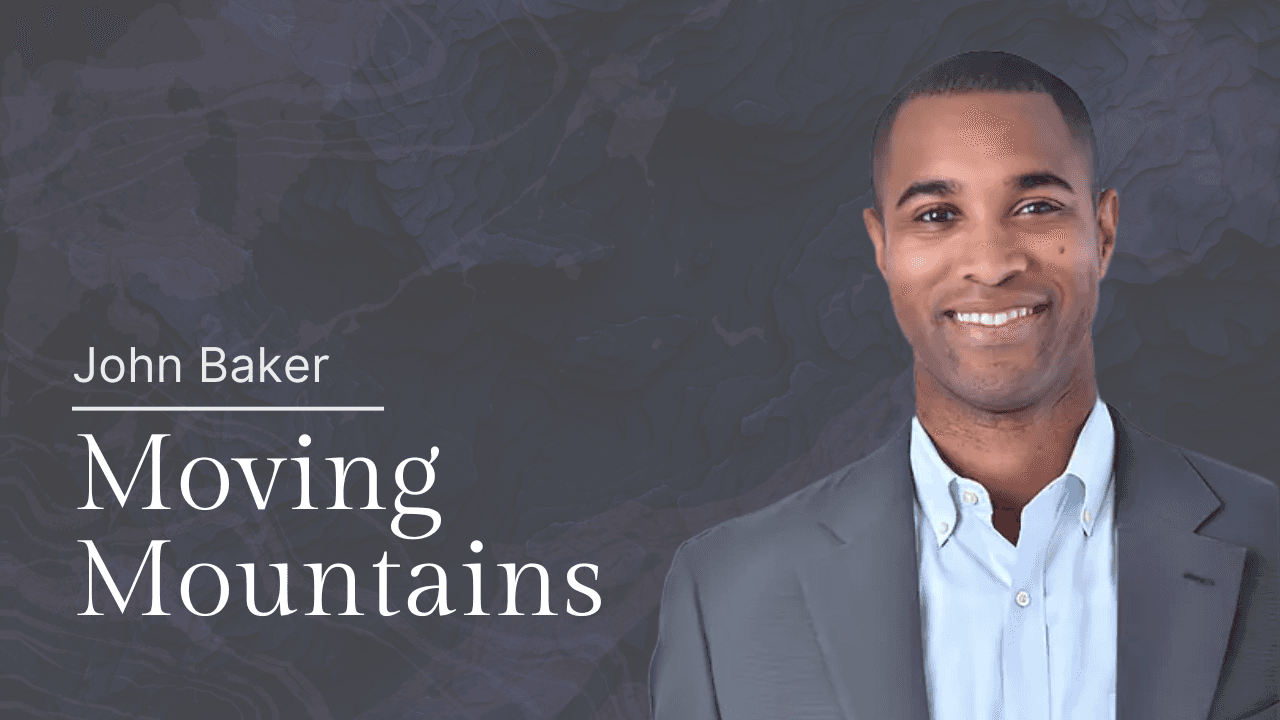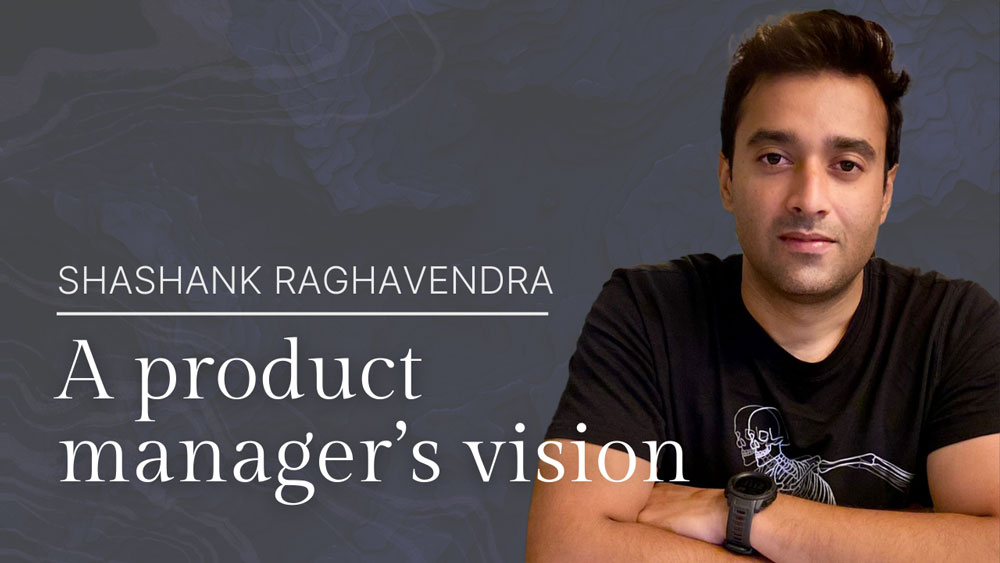Ayusha Mahajan
min read
Fearless Luminary
Shahar Polak
Head of Engineering | ImagenAI
Key themes
Shahar Polak seamlessly packs the best of Israeli culture into Western leadership practices. Head of Engineering at ImagenAI, Shahar is no victim to the fearmongering of artificial intelligence—he’s one of the first to adopt new technology and embraces an early adopter mindset to remain ahead.
Shahar strikes the corporate landscape with compassionate leadership that builds mutual trust, growth, and investment between himself and his team members. He doesn’t waste time with fabrications and mistruths in pursuit of grand achievements.
Shahar’s secret to masterful problem-solving is eliminating the symptoms before they obscure the underlying cause. This approach saves time, energy, and resources.
Personal Problem to Public Solution
Shahar Polak treats confrontation as a speed bump on the road to marvellous success and changes as a permanent wave to ride. Head of Engineering at ImagenAI, a miracle tool that accomplishes an unimaginable amount of work in a short period, Shahar's presence infuses business practices with the nimbleness of his Israeli heritage and a leadership style steeped in authenticity. With digital progress rapidly growing towards a singularity and barriers to successful entrepreneurship weakening, Shahar actively evolves his mindsets, embraces shifting trends, and instinctually seizes opportunity.
ImagenAI’s origin story is quintessential to identifying a personal problem and deriving a public solution. After his wedding, the Chief Technical Officer of the photo editing tool, Yoav Chai, discovered that he would have to wait three months to receive his photographs. According to Shahar, each wedding creates roughly 4,000-5,000 photos—some considerably more—and for every 1 hour of the photo shoot, it takes 1.5 hours of post-production editing.
“Now, Israel is known for many things, but patience is not our strongest suit.”
Coincidentally, Chai was doing a Master's in Deep Learning at the time and was writing a thesis on photo and imaging. He co-wrote an academic article about parameterized colour enhancement, and the research spread like wildfire. Two years later, ImagenAI was born—cutting 90% of editing workflow by making artificial intelligence do the notorious labour. Not only that, the company recently engaged in a proof of concept project with Fuji, in which it developed a direct pipeline from hardware to the cloud. From the moment a photographer captures a snapshot, it swiftly ascends to the cloud, journeying to ImagenAI's servers for real-time editing and ultimately returning to the cloud for review.
The tool has undeniably changed the world of photo editing.
Meaningful AI Usage
Shahar has worked with artificial intelligence for impressively virtuous causes. Before ImagenAI, Shahar was a Tech Lead and Developer Advocate at Active Fence. One of the projects Shahar worked on was identifying bad actors, such as white supremacy groups and locating and uncovering information about potential attacks or hate crimes. Computer vision-based AI was used to detect symbols and imagery relevant to these groups and then to scan the internet for petabytes’ worth of information. And before Active Fence, he was Lead Engineer and Tech Advocate at BreezoMeter, a tool democratizing access to air pollution insights and connecting businesses to environmental impact by overcoming intellectual gatekeeping.
AI is a double-edged sword, according to Shahar. It can eradicate malicious content, improve workflow, equalize access to complex information, and eliminate language barriers for media consumption—or it can be used for political propaganda through tools like deep fakes. Inherently a neutral entity, the positive or negative impact of its power lies in the hands of its user. But Shahar suggests being broad-minded about AI's ability to create change because it can significantly improve life in small ways. One of these ways for Shahar is enhancing the audio of his podcast for software engineers, which is one of the best in Israel.
“I think being an early adopter is a state of mind. And the same thing goes with artificial intelligence. Once you embed it in every single part of your life, then if a new AI tool comes out, you think, ‘Oh, it's not new. It's just the next step of the evolution.’”
Shahar fearlessly runs head-first into disruption, hoping to be a part of solutions that will not just modify but transform current landscapes.
“One of the things that life experience has taught me is: don't be afraid of change. Fear is not a great motivator for business.”
Fear impedes creativity and suspends progress. Shahar's approach to balancing risk and cautiousness is always trusting his intuition, which takes years to develop.
The Israeli Way
Shahar has noticed several fundamental differences between Israeli and Western cultures. After serving in the Israeli infantry, he moved to New York for a few years to visit his parents, study, and run a clothing store before returning to Israel. Shahar holds a deep appreciation for the profound connections he forged in Israel, transcending the mere factor of growing up there. Even his immigrant friends found little difficulty establishing close bonds, testifying to the inherent strength and ease with which interpersonal relationships are formed in Israeli society.
“Here I've got my closest and dearest friends, and we've been together, some of us, since second grade. And we're meeting every single week no matter what, like clockwork. Once a week at least. Otherwise, we feel like we'll lose our sanity.”
Besides social culture, Shahar also draws a distinction between Western and Israeli approaches to career paths for adolescents. His younger sister, who grew up in the US, began thinking about her career at age 18, like most of her peers. In Israel, the jump from student to professional is more streamlined as young adults serve in the army for a few years, then travel for six months to ease into everyday life, and only then unwrap the question of what they want to study by the time they’re in their mid-twenties. Meanwhile, Shahar’s American friends were getting their PhDs at that age.
“We start everything late, but we do everything fast.”
By taking their time to think, explore, and decide, younger Israelis enter adulthood later but begin with a clear vision, no debt, and greater motivation. Once they start working, Shahar notes it’s not uncommon to see 60–70-hour work weeks.
Firm but Empowering Leadership
As a leader, Shahar is invested in the growth of his team members. He brings his all-or-nothing mindset to the journeys of his team members, encouraging them to take big swings and own up to their mistakes. Allowing mistakes creates trust over ownership, and nothing gets swept under the rug for fear of punishment. Shahar also emphasizes bringing out the shining aspects of team members.
“Many times, I see that we try to fix people's weaknesses and help them with their shortcomings. I'm not saying don't help people with the shortcomings—but if they're good at something, double down on that.”
If a programmer works in back-end development but is more passionate about front-end development, Shahar doesn’t let that natural talent and enthusiasm go to waste.
Sometimes, leaders don’t have all the information or don’t know what the road ahead is. Shahar likes to be honest with his team about what he doesn’t know to respect their cognizance and maintain trust. He knows that a team member can often tell when a leader is not being transparent, and he prefers to seek help from his team because he believes in their potential. This kind of collaborative leadership also influences the team member to be similarly open when they make their way up the ladder and lead their team.
Perceptive Problem-Solving
Problem-solving is another area in which Shahar introduces thoughtful innovation. The general procedure for discussing a problem is laying the solution out on the table to be addressed, which Shahar is prepared for in meetings. However, he’s aware that if his solution takes up all the space at the beginning, his team members and employees will not have anything to contribute. To allow for more diversity of ideas, Shahar is the last one to speak. This way, he can not only take in their input but improve his solution, ultimately empowering his team members.
Shahar also likes to tackle the more immediate symptoms of an issue before addressing its root cause because the minor, more distracting problems can obstruct the bigger challenge.
“My solution is usually in two phases. First, fix the problem. You have a flat tire, fix the tire. After that, go and find out what caused it.”
Conclusion
Shahar Polak, Head of Engineering at ImagenAI, is a fierce force in business and leadership. He epitomizes visionary leadership and transformative innovation. ImagenAI has revolutionized photo editing, reducing workflow by an astounding 90% under Shahar's guidance. He fearlessly embraces change, recognizing the power of AI to democratize access and improve lives. As a leader, Shahar empowers his team, fostering trust, transparency, and a culture of collaboration. He encourages bold risks and values individuals' unique strengths.
Shahar's problem-solving approach blends ingenuity and pragmatism. He seeks diverse perspectives, allowing creative solutions to flourish. By tackling immediate challenges and uncovering root causes, he paves the way for sustained success. A firm believer in the potential of AI, Shahar embraces disruption, driving innovation, and inspiring others.



